by Alan Crockett
The Boise River Greenbelt is one of the major attractions in Boise. What other capital city has a river running through where you can fish, raft, bike, swim, bird watch and relax surrounded by GREEN? We love the GREEN that we have and we don’t see how it is changing. But it is. Will we be happy with the changes as they become apparent over the next decades and generations? If not, what do we do about it now?
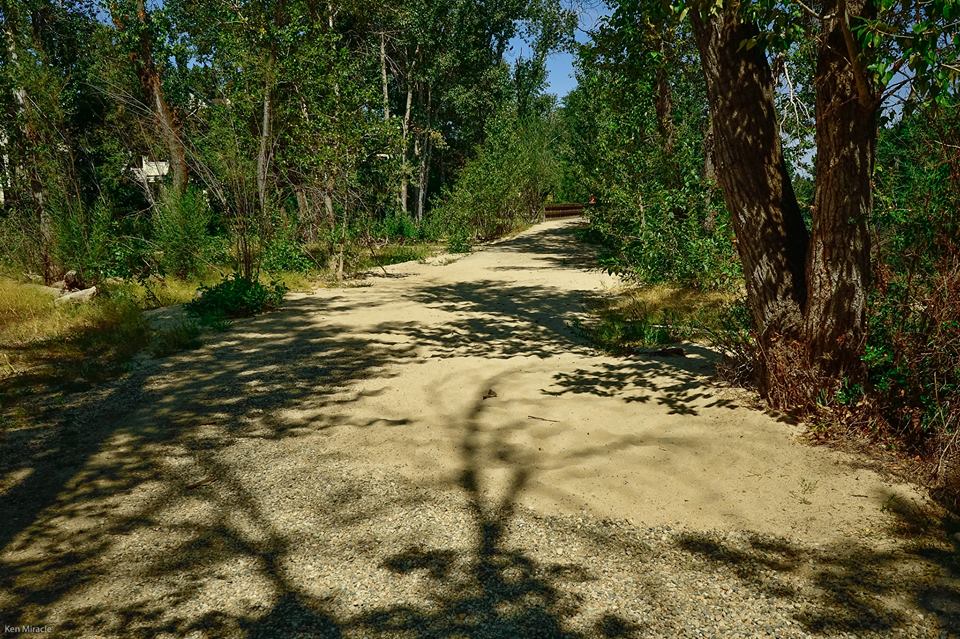
Growth Comes at a Cost
As Boise has grown, the Boise River Greenbelt and the area around it have changed. We’ve built houses and businesses and introduced hundreds of new plant species to our community. More than 120 of these new species have taken up residence in the GREEN (riparian) belt that runs through Boise. Erroneously, some people think this is great, we are increasing plant diversity and therefore enhancing community stability. Others will know that the new diversity is only temporary and may have a negative effect in the long term. Invasive plants have become or are promising to become prominent members of our new GREEN community, and populations of native plants are in decline. It has become a crapshoot with invasive plant competing against native plant to see which species will dominate the GREEN belt.
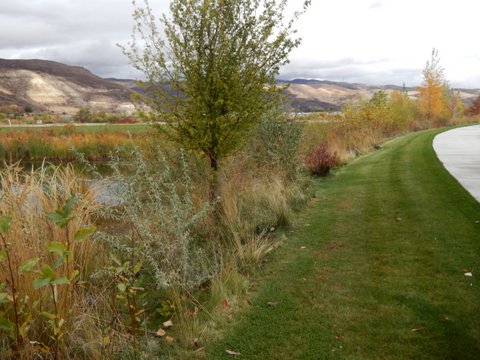
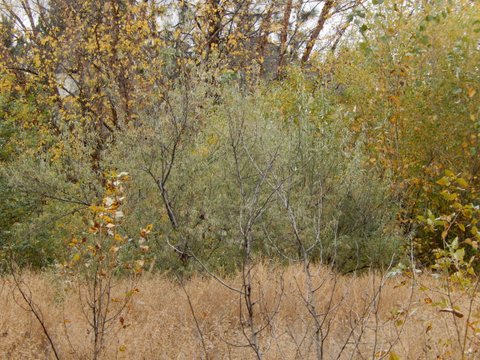
Invasive Species Threaten the GREEN Belt
If Mother Nature fends for herself, we may not be happy with the result. Think of the Boise foothills; large sagebrush are now living in seas of cheatgrass and invasive mustards—prime fuel for fires. Along the Boise GREEN belt, threatening invasive species include Russian olive, false indigo, Siberian elm, silver maple, Himalayan blackberry, dog rose and an ornamental pear. Some actions to control the spread of invasive species, such as tree removal and wiring of desirable trees (beaver protection), are simple and inexpensive. The City of Boise developed the Boise River Natural Resource Management Plan in 2014. It is filled with good resource management ideas and recommendations. If we are to manage our GREEN, this plan needs to be updated and more fully implemented. Similar plans should be created by other local city and county authorities.
The City of Boise has begun removing Russian olives from some parks and the Bethine Church section of the Boise River Greenbelt. The City also engages community organizations and volunteers in the management of the GREEN. The Boise River Enhancement Network has worked with City of Boise at Ann Morrison Park, Esther Simplot Park and Hyatt Hidden Lakes Reserve.
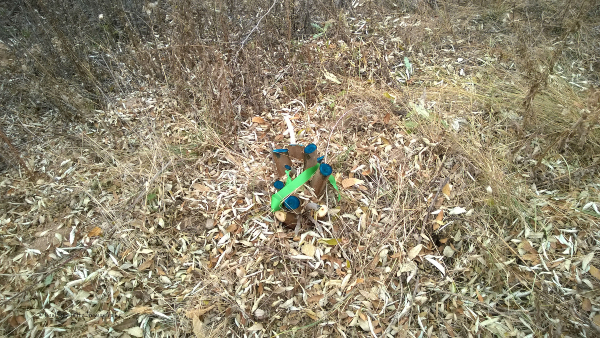
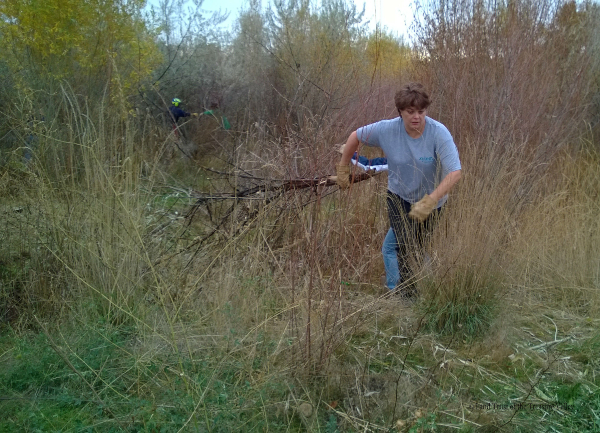
Becoming Stewards of the GREEN
Our choice: do we let invasive plants take over the greenbelt and then learn to live with it? Or, do we become stewards of our treasured GREEN belt and work with Mother Nature to manage the GREEN? After all, we do live in the Treasure Valley!